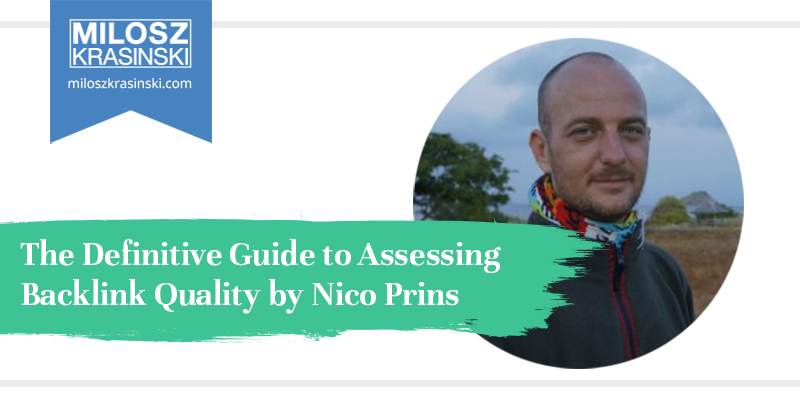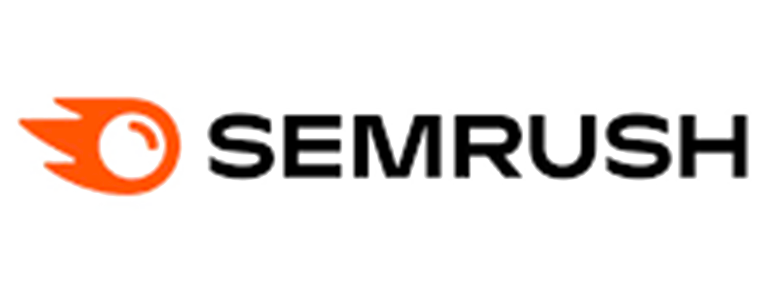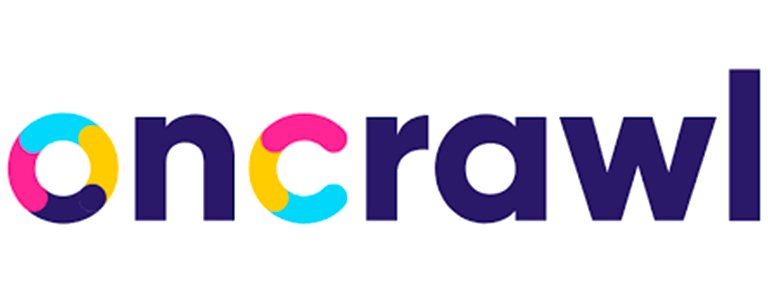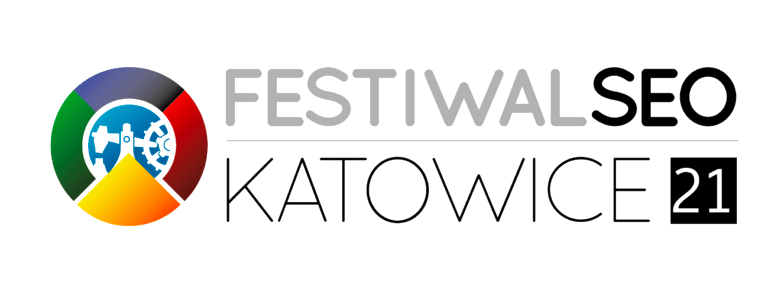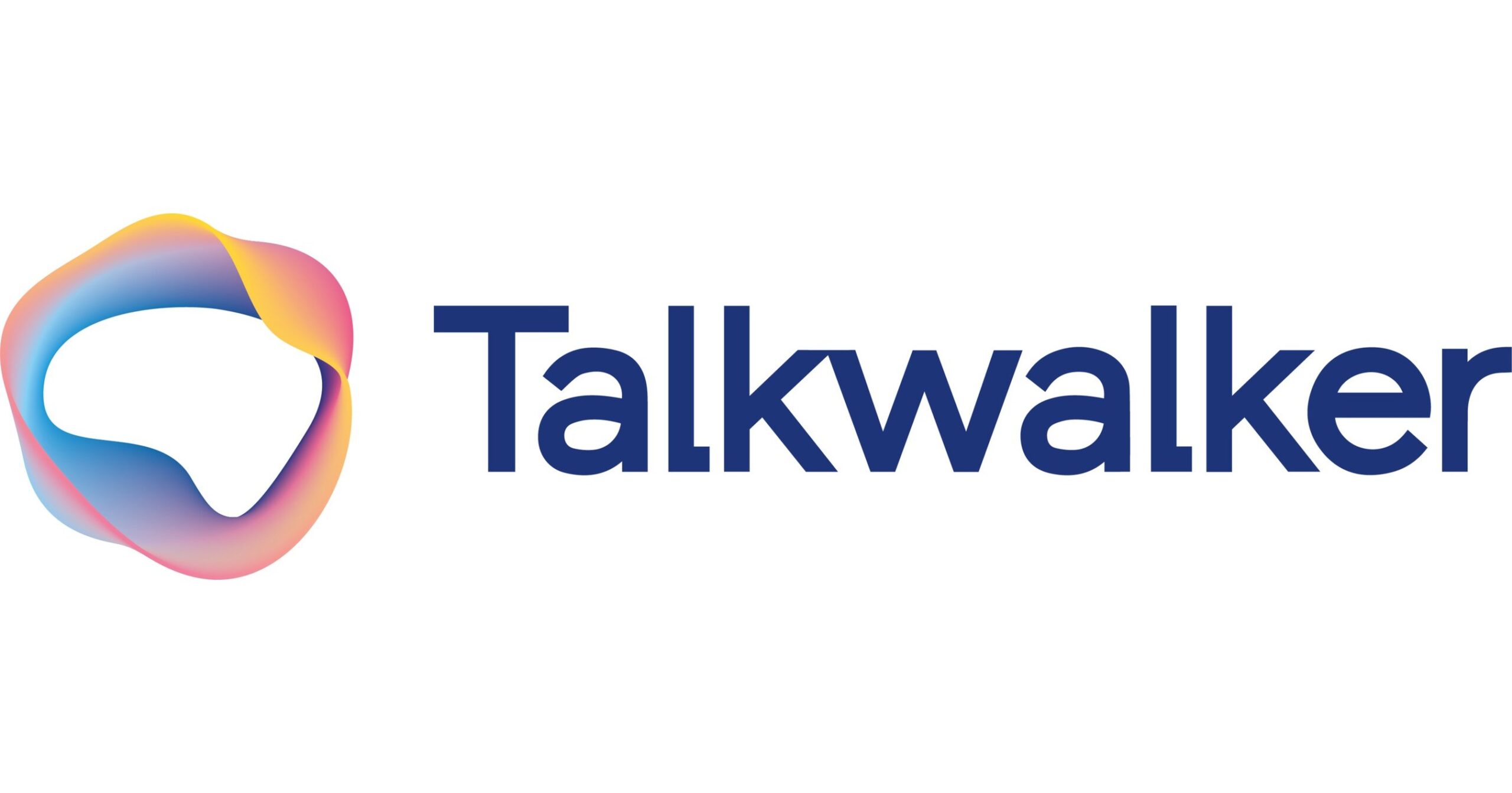Backlinks play an important role in improving your SEO. There is a positive correlation between the number of quality backlinks content has and where that content ranks in the search results.
There are many ways to acquire backlinks. You can purchase links directly, often referred to as Black Hat SEO, or acquire them organically or through guest posting or link insert requests, referred to as White Hat SEO. Both White Hat and Black Hat SEO is effective. However, your link acquisition strategies will only result in higher rankings if you can secure quality backlinks.
This guide to assessing backlinks will help you identify the best sites for link building or digital PR via HARO. I’ll give you a checklist of metrics to assess backlink quality. I will also discuss Google penalties and give you tips for identifying and avoiding sites that have problems.
How to Find Relevant Websites
The easiest method of finding suitable sites to secure links from is studying a competitor’s backlink profile. You could use SEO tools, such as Ahrefs, SEMrush, or Serpstat, to check a website’s backlink profile.
After you review your competitors’ backlink profile, you will have a list of possible sites where you could secure backlinks. Before you reach out to site owners, you will need to study the sites’ home page and existing content to determine relevance.
This process of identifying and checking target websites takes some time, but its impact on your SEO is immeasurable. The next step is reviewing SEO metrics and other factors to assess backlink quality.
Domain Rating, Domain Authority, & Page Authority
Google doesn’t reveal how it assesses backlink quality. However, website authority is certainly a factor. The companies behind some of the most commonly used SEO tools have created metrics that they believe reflect a website’s authority.
The most widely used metrics are Domain Authority, Page Authority, and Domain Rating. These metrics are good indicators of the websites’ ability to rank.
Domain Authority (DA) is a metric created by Moz and is calculated by considering many different factors, such as the number of domains linking to the site, the number of total links, and the domain’s age. Every website receives a rank on a scale of 0-100. The higher the rank, the better the website.
If two identical sites with different DA scores competed for the same keyword, the one with the higher score would, in theory, win by default. Ok, that’s a bit of an oversimplification as factors like content quality and others come into play, but… DA is a simple way to assess backlink quality.
Page Authority is calculated almost the same way as DA but focuses on individual pages. The Page Authority score is generally linked to where a piece of content ranks in the Search Engine Results Pages (SERPS) and the number of quality referring domains.
Domain Rating (DR), on the other hand, was developed by Ahrefs. The metric focuses more on the number and quality of a site’s backlinks. You will find several sites with a high DR that have low traffic. However, you won’t find sites with a high DA that have a low number of visitors.
Whatever domain metric you choose, you want to get backlinks from domains with a high DA or DR (60 or higher is a good rule of thumb). The higher the number, the more powerful the link.
Review Website Traffic
Aside from the quality of the backlinks themselves, you will also need to consider other metrics, such as website traffic. If a website attracts more traffic, there’s a higher chance of people clicking on your backlink and visiting your site. Traffic isn’t just a vanity metric – it is a vital cog in Google’s search ranking algorithm.
To find out how much traffic a website gets, you may use a tool like SimilarWeb, Ahrefs, Moz, or any other comprehensive SEO tool. SimilarWeb gives you the traffic numbers for the past six months and the total number of visits, average visit duration, and a breakdown of site visitors according to their location.
Visitor location is an important factor if you’re considering local SEO. You’ll find that visitor location generally corresponds to the search phrases or the type of domain.
In terms of the domain, a co.uk domain would be relevant if you’re trying to rank for search terms in the UK. Of course, if a site is targeting a lot of terms related to the UK, for example, “things to do in London,” you’d expect the site to get a lot of site traffic from the UK.
In addition to reviewing site traffic as a whole, you might want to consider page traffic. Page traffic is important if you’re asking for a link insert.
You can use a tool like Ahrefs to review page traffic.
The more traffic to a page, the higher the chance someone will click on the link. When asking for link inserts, try to secure links from pages with the most traffic possible.
Consider Niche Relevancy
In 2012 Google confirmed that backlink relevance is a ranking factor. There are a few ways Google identifies backlink relevance:
- Site relevance: Backlinks should come from sites in your niche or industry.
- Page relevance: The backlink should be relevant to the post.
- Anchor text relevance: The anchor text should be relevant to the linked content.
You can apply a common-sense approach to assessing niche relevancy.
First, check out the website where you want to secure a link. Browse the website and see what types of content they cover. If they cover a topic that’s relevant to your niche, great, the site is relevant to your niche.
The second thing you should do is review the links to other sites. You can review links to other sites without any tools or using an SEO tool.
If you want to do a manual review, just click through the blog. Ask yourself the following questions:
- Are they linking to sites in lots of different niches?
- Do they link to sites related to sin (gambling, porn, vaping, etc.)?
- Are they using exact anchor text all of the time?
- Are they always linking to sales pages?
A check of the types of outgoing links is useful because it can highlight possible future problems. For example, the site might get a Google penalty.
It’s faster to do a manual review of a site using suitable SEO tools. You’ll also get more insights, like the total number of linked domains.
As you review the niche relevancy, check the number of outgoing dofollow links relative to the number of pages. In general, the smaller the number of dofollow links, the better.
For example, G2.com has 125,589 pages of content and has dofollow links to 26,752 domains.
When reviewing outgoing links, pay attention to the dofollow links.
Dofollow links can positively or negatively impact your search rankings. You want to acquire dofollow links. You also want to check what other domains are getting link credit from that site.
The Importance of Trust Flow
While DA and DR place a lot of emphasis on the number of backlinks, Majestic.com’s proprietary Trust Flow metric relies somewhat on a manual calculation based on sites’ links to generally-trusted seed sites. Sites closely linked to a seed site get higher scores, while sites that link back to questionable sites will get lower scores.
For instance, a news site with links from sites such as Reuters or the Associated Press has a higher trust flow than one that doesn’t have such links. This trust is then “passed on” to other sites that have links to it, and so on.
When you look for sites for guest posting opportunities, aim for sites that have a Trust Flow score of 15 or higher. The higher the Trust Flow, the more credible your site appears to Google.
How to Identify Sites With a Google Penalty
Most site owners try to observe good backlinking practices. These practices are part of White Hat SEO and include securing links from high authority sites.
On the other hand, some people try to game the system to boost their search rankings. Google penalizes offenders that participate in link schemes. Here are some behaviors that could get your website penalized:
- Manual and algorithm link spam: Google periodically reviews websites it indexes and checks for spammy links or those you’ve bought. It uses either a human reviewer or an algorithm to check for spam.
- Excessive reciprocal linking: Your site can get penalized if Google catches you exchanging links with other sites too often.
- Low-quality links: This happens when you collect spammy backlinks.
- Unnatural outbound links: This often happens when your site backlinks to a site outside your niche. For example, if you run a site devoted to child care and link to a betting site, Google might look at that with suspicion.
- Private blog networks: A private blog network is a group of blogs whose sole purpose is to boost a main site’s search ranking through backlinking to it. While you might not own a PBN, engaging with the PBN might earn your site a penalty.
Engaging with a site that has been penalized by Google has a similar effect to getting your site penalized. To identify penalized sites, you can check your target sites’ traffic and check for a sudden drop in traffic, which is a possible indicator of a penalty.
If you do happen to get a backlink from a website that gets penalized, you can use Google Search Console to disavow a backlink. A disavow will tell Google that you don’t have anything to do with the penalized site. Check out this guide to Search Console for more information about disavowing a backlink.
Backlink Checklist
That was quite a lot of information to digest, wasn’t it? We understand if you get confused by all the methods we use to help sites get the search rankings they need. To help you apply these principles to your site right away, we’ve come up with a short, handy checklist you could refer to as you go about your backlinking:
- Relevancy: The site you link back from should also operate in your niche.
- Domain Authority or Domain Rating: Go for high-authority sites (60 or higher).
- Website Traffic: Aim for websites that have more than 5,000 visitors monthly.
- Trust Authority: Aim for a website with a Trust Authority of 15+
It’s easy to identify sites in your niche that tick off all three boxes above. As you keep backlinking and expand your site, you should encounter minimal difficulty finding good backlinks.
Wrapping Up
Doing SEO on your site, whether you make money blogging or merely or use it to drive leads to your business, is more than publishing content on your blog and inserting keywords into that content. It also involves networking with other sites for guest posts that link back to your site.
Not all backlinks will help your site improve its search ranking. Backlinks coming from relevant, high-authority sites in your niche will pull your site up the results, while backlinks coming from sites outside your niche or those with low domain authority and low traffic will hurt your site’s rank. Let’s not even go into paid backlinks – Google doesn’t like it, and we don’t recommend it!
What kind of backlinking strategy are you planning to use for your site, and how do you plan to maintain backlink quality? We’d love to know! Drop a comment below.
Gravatar: [email protected]

